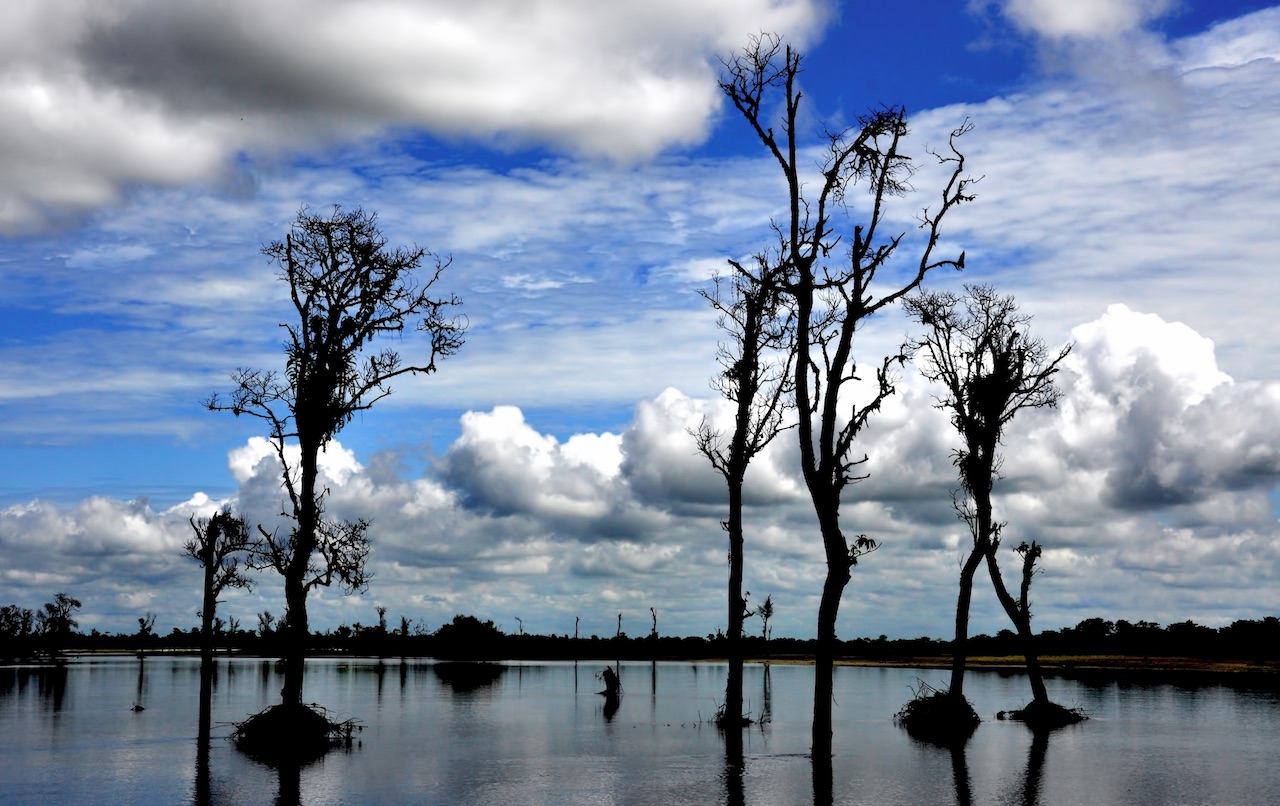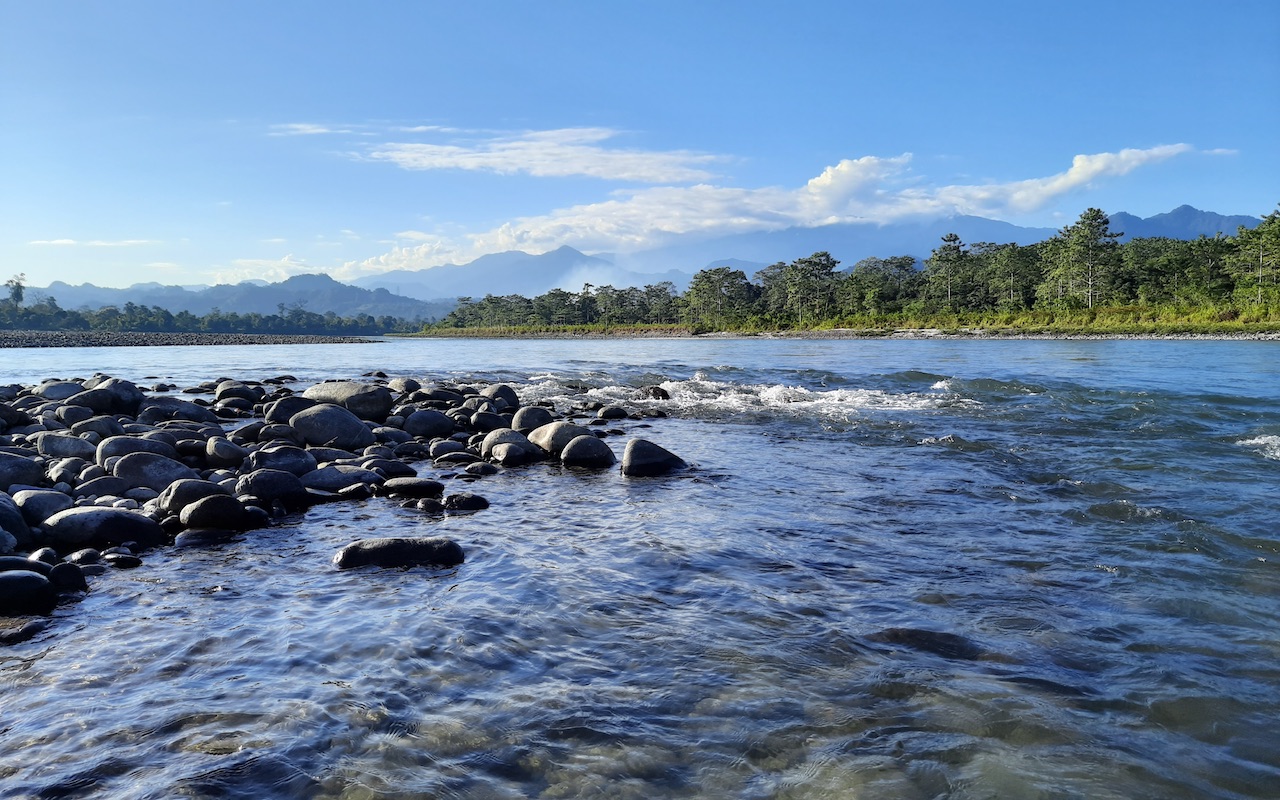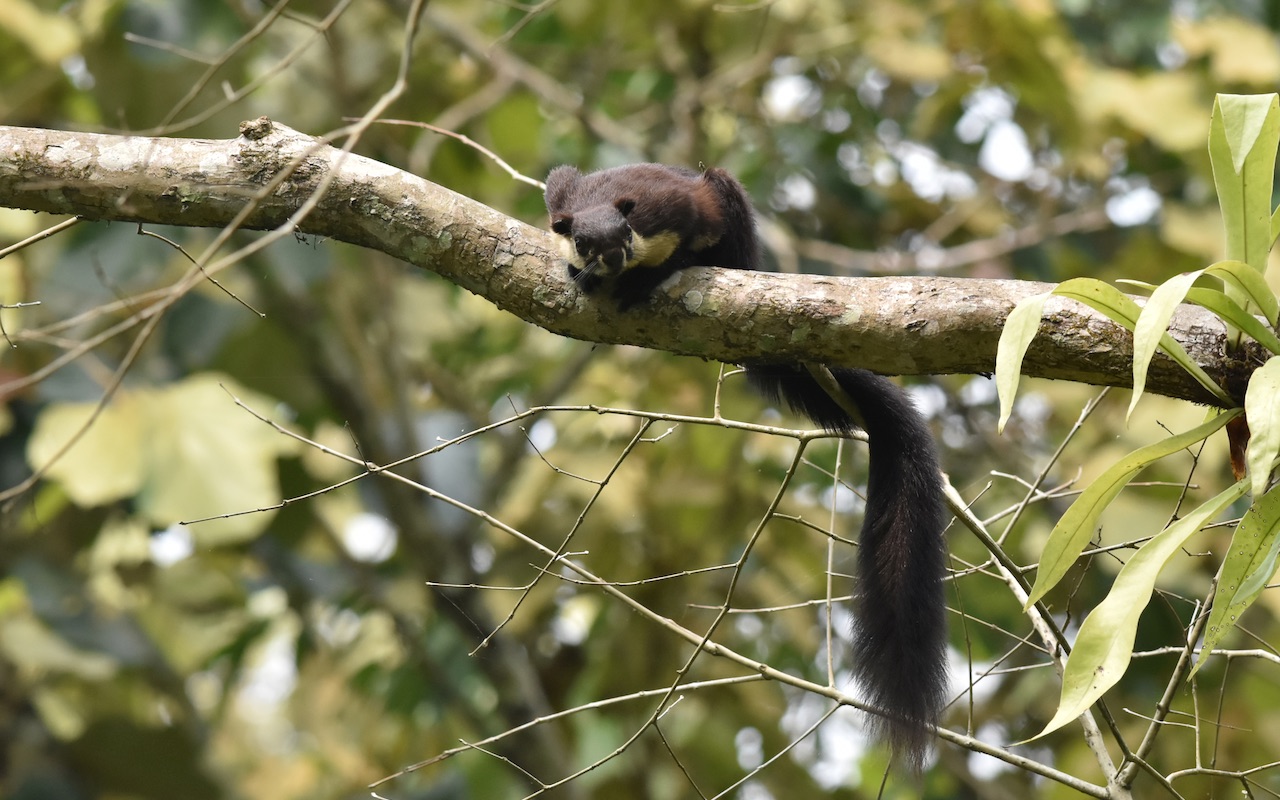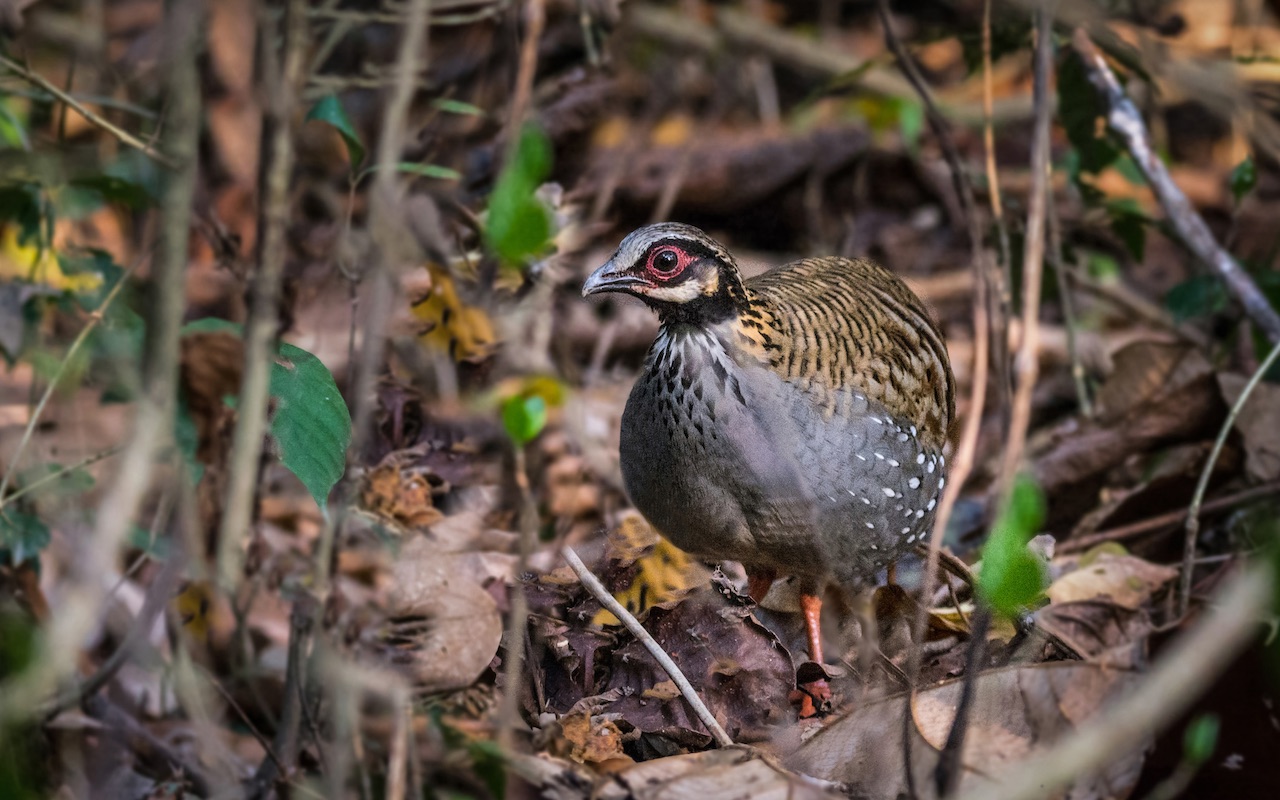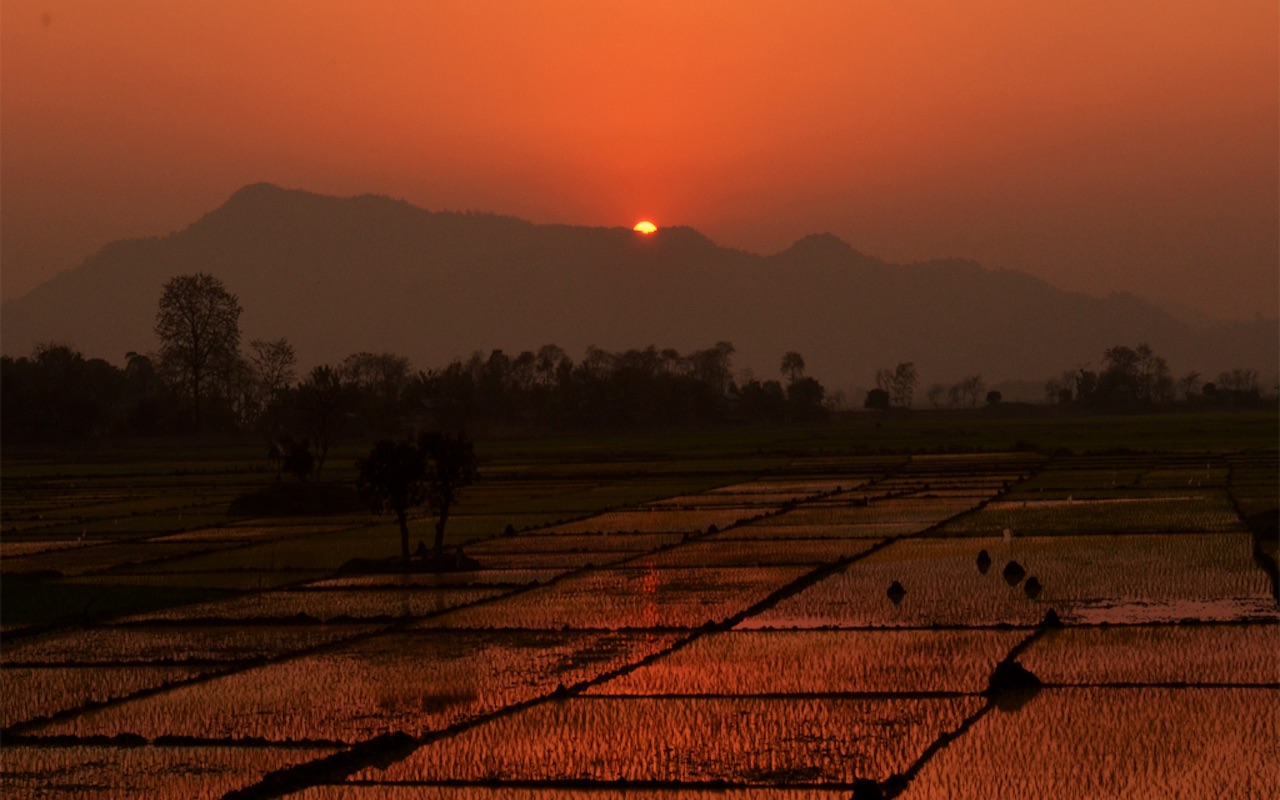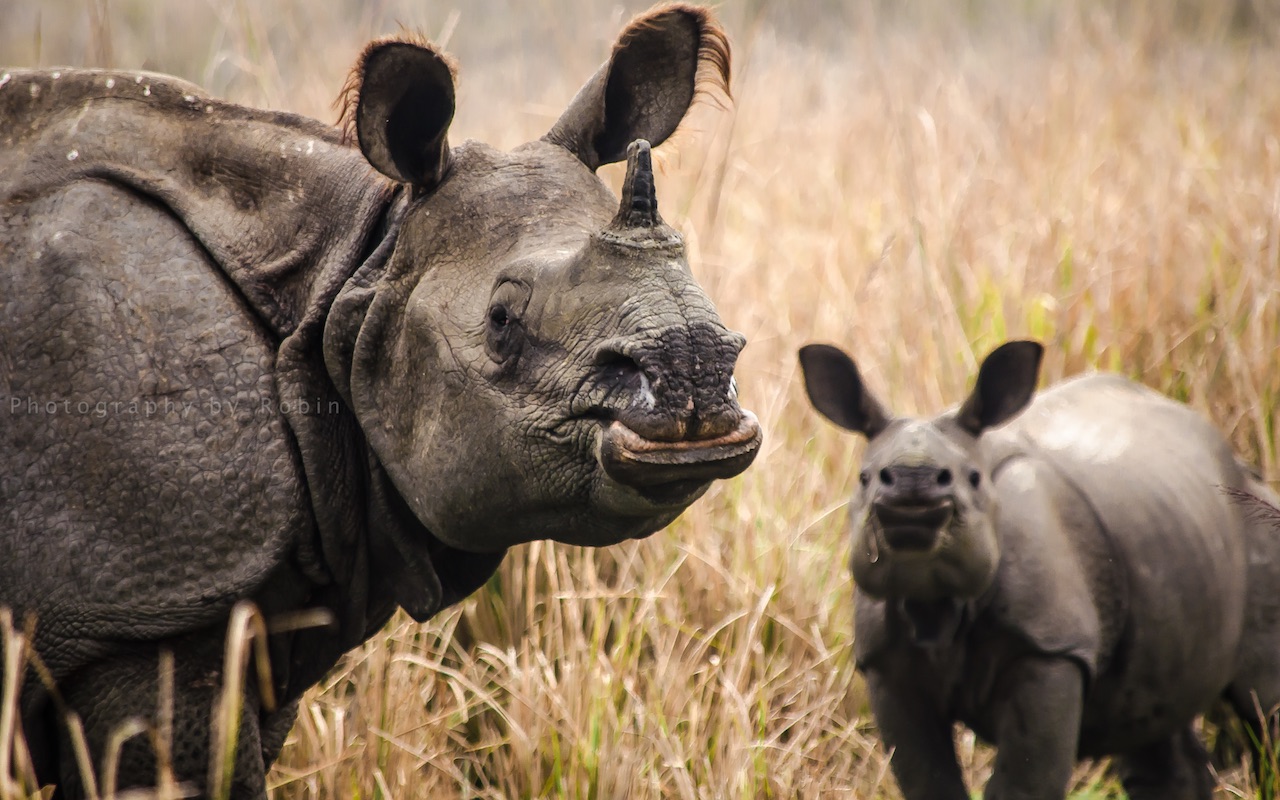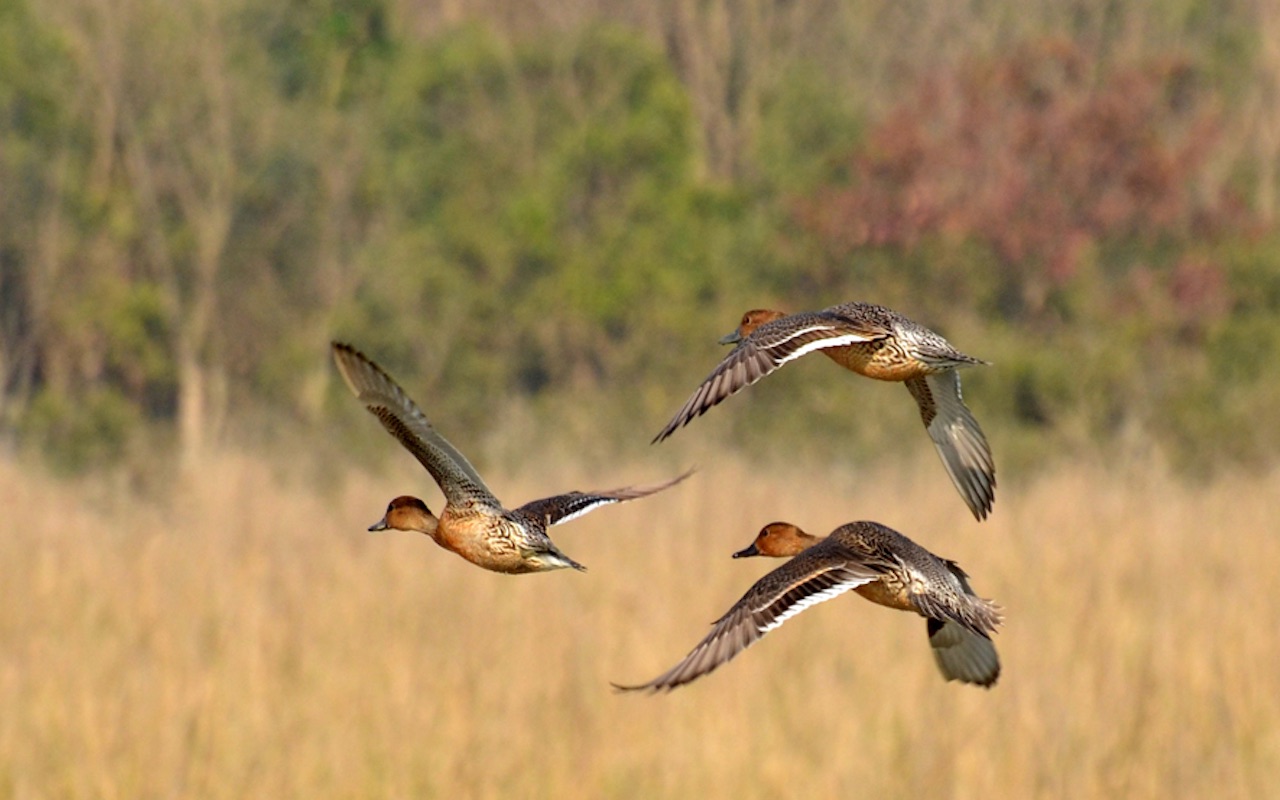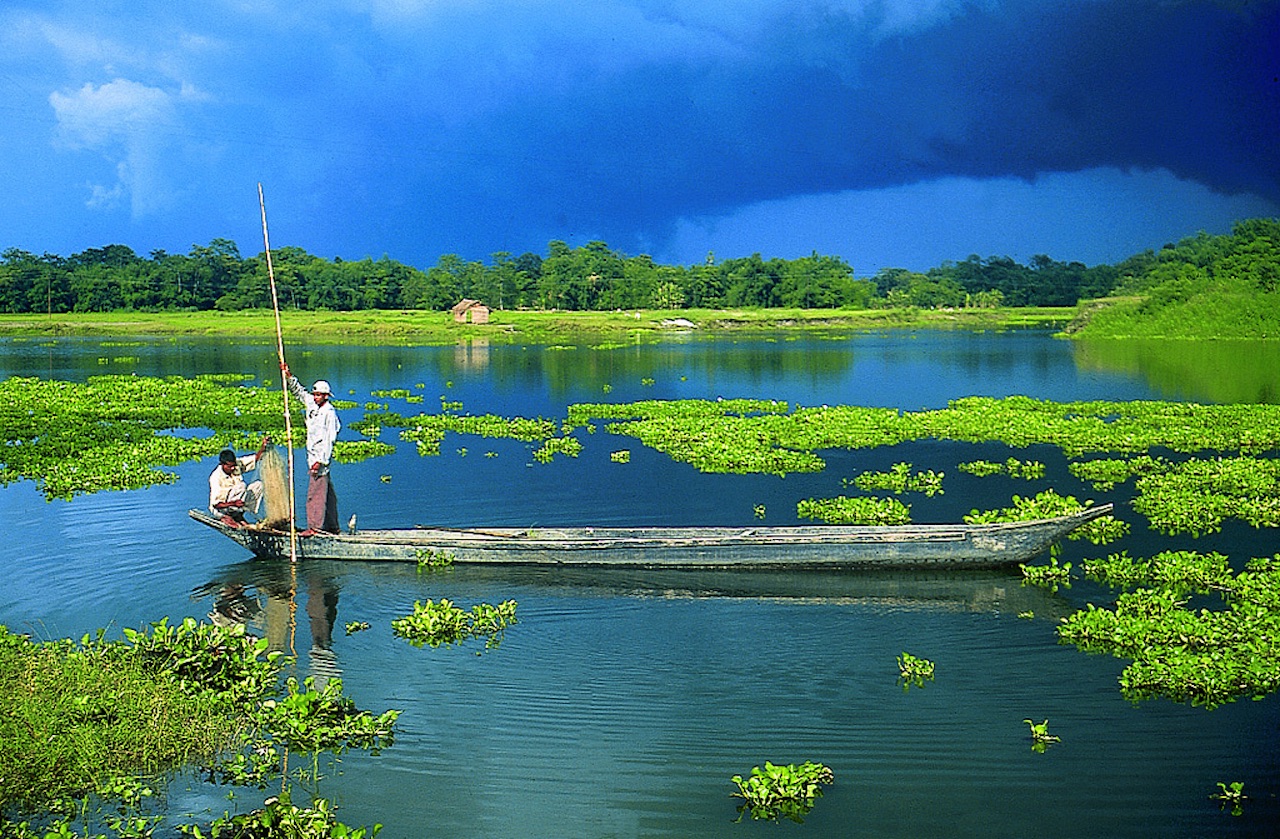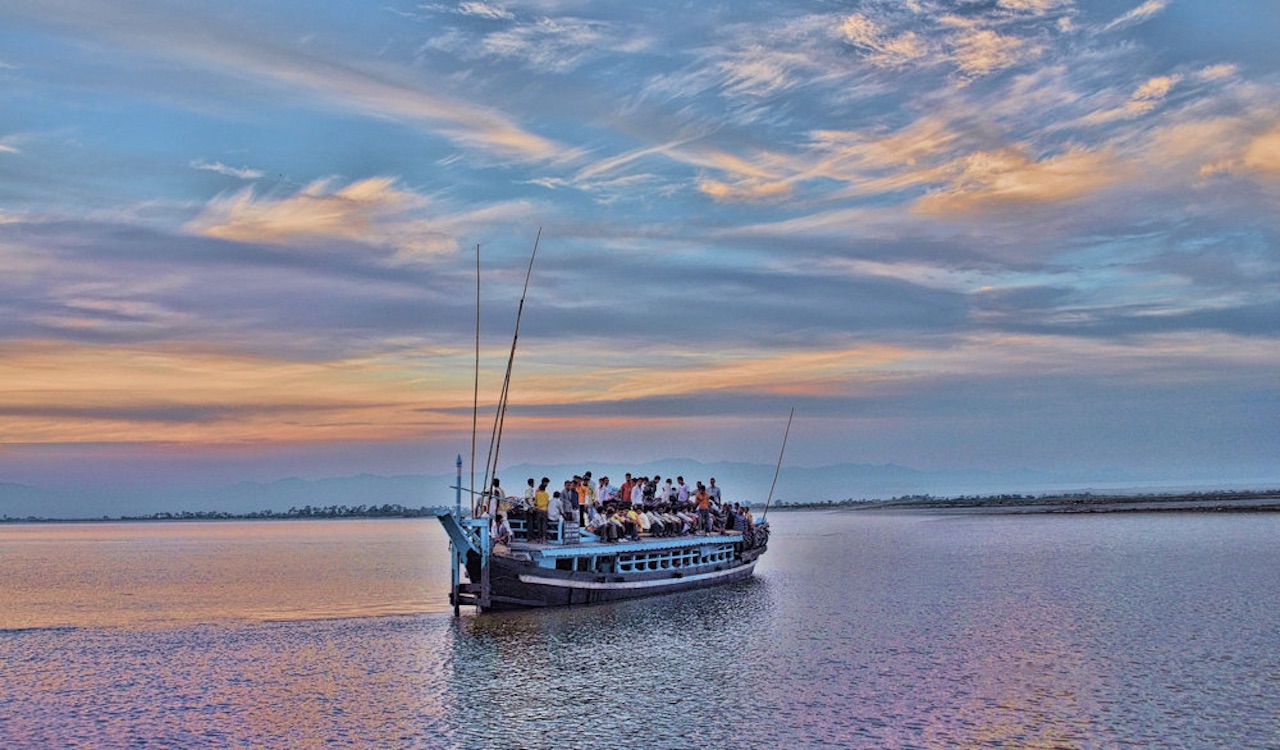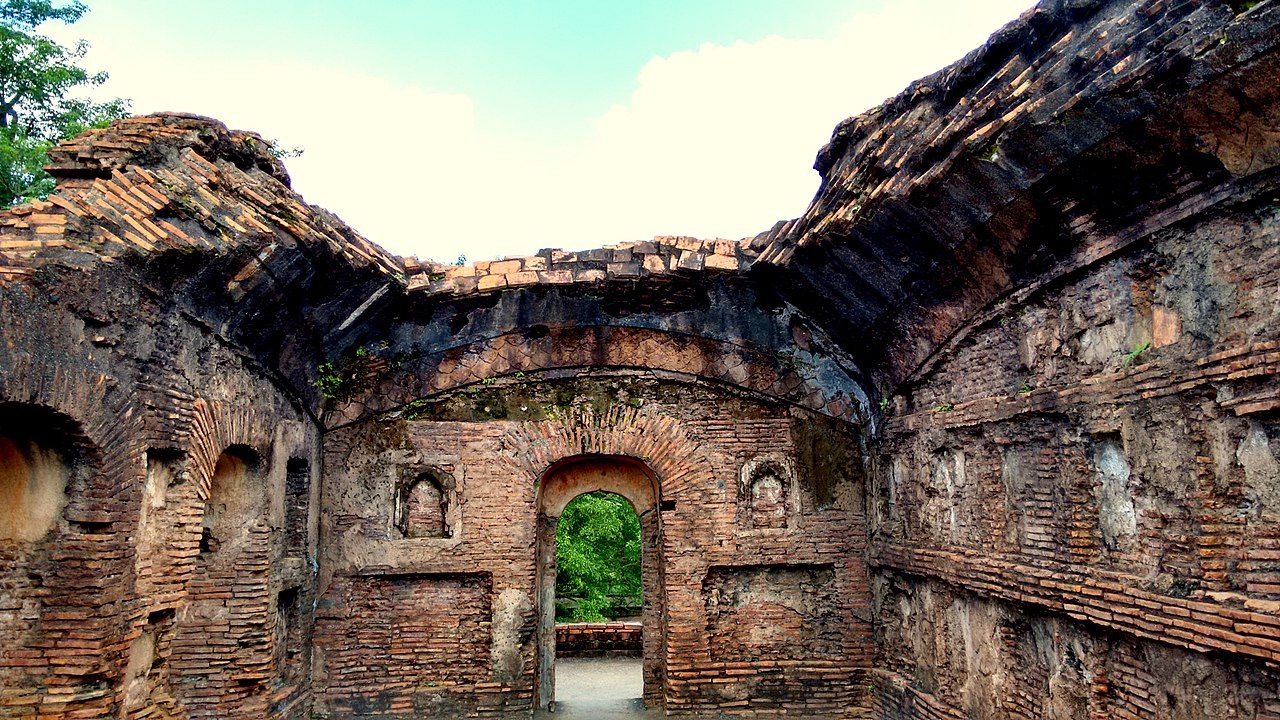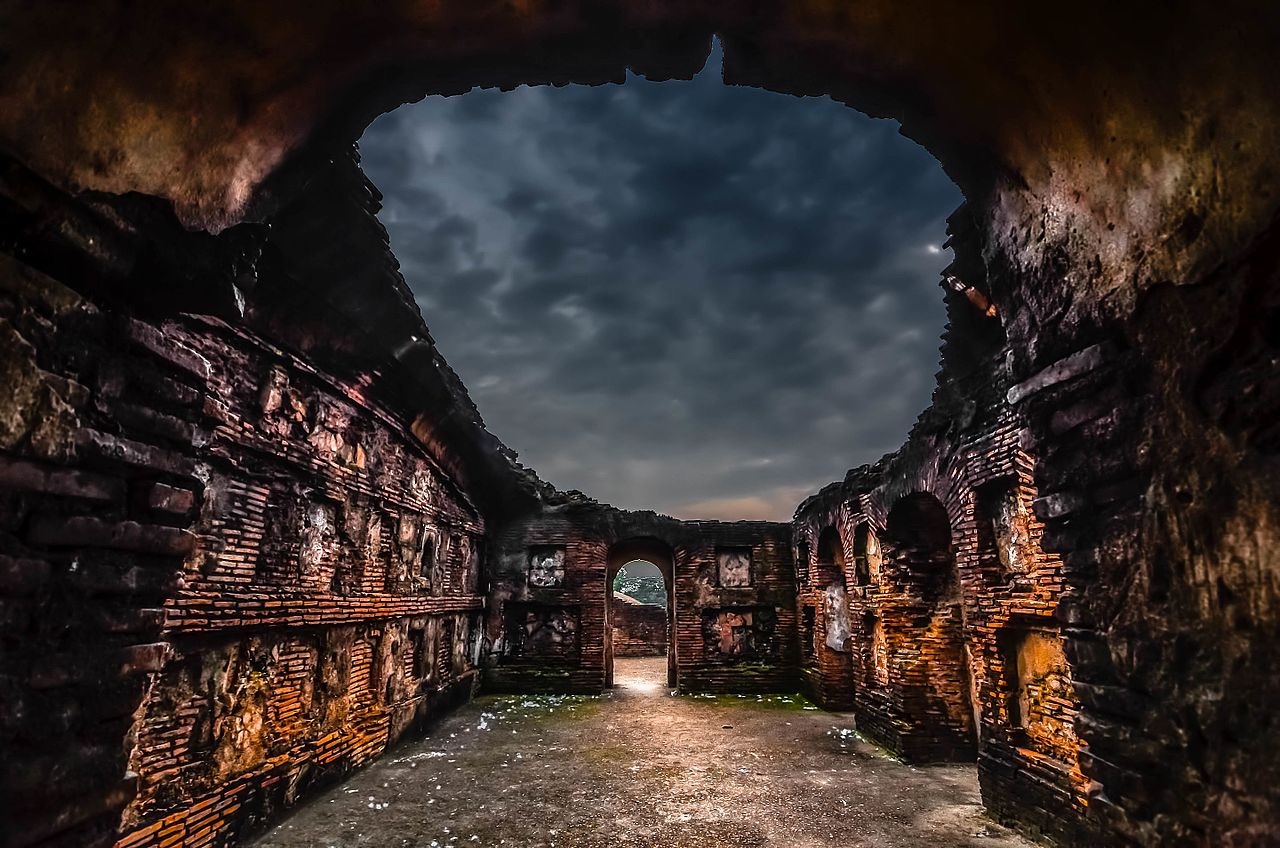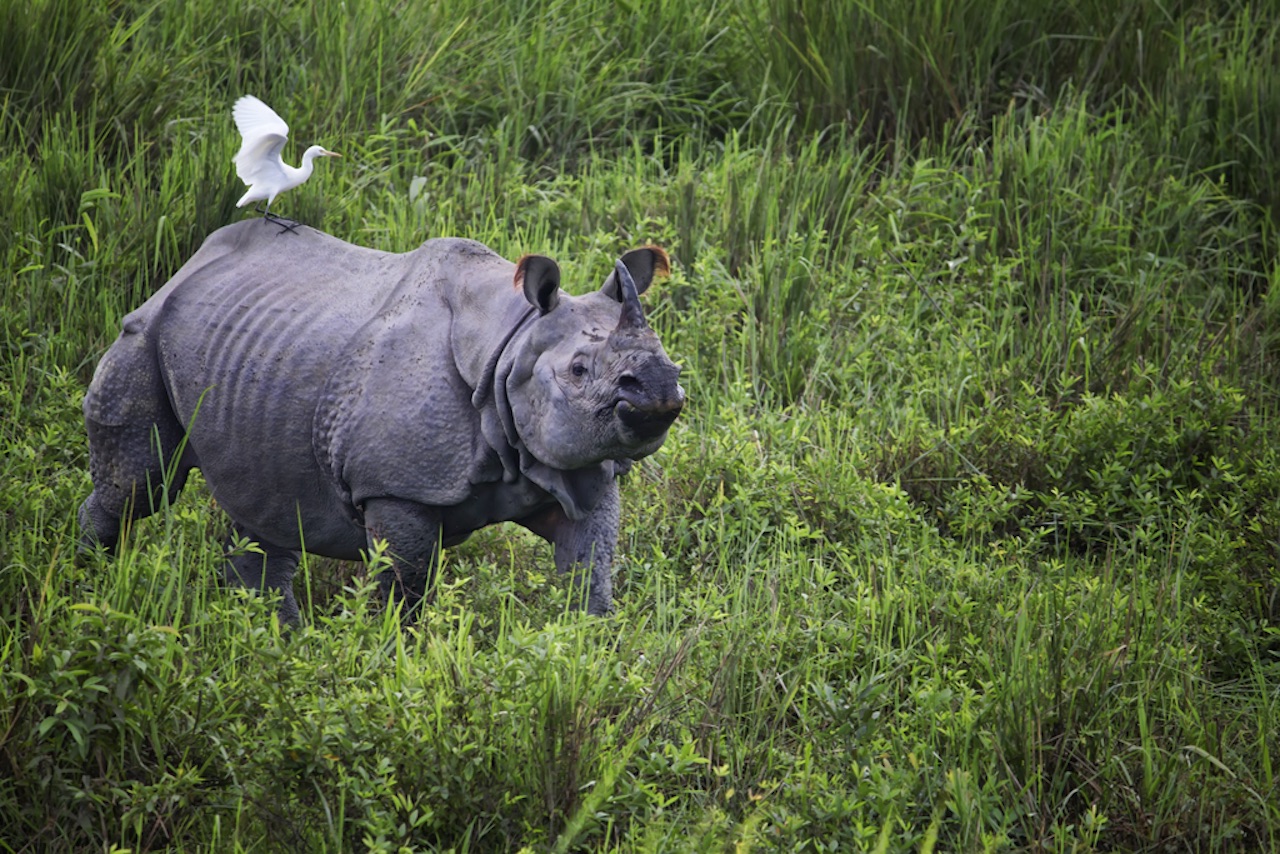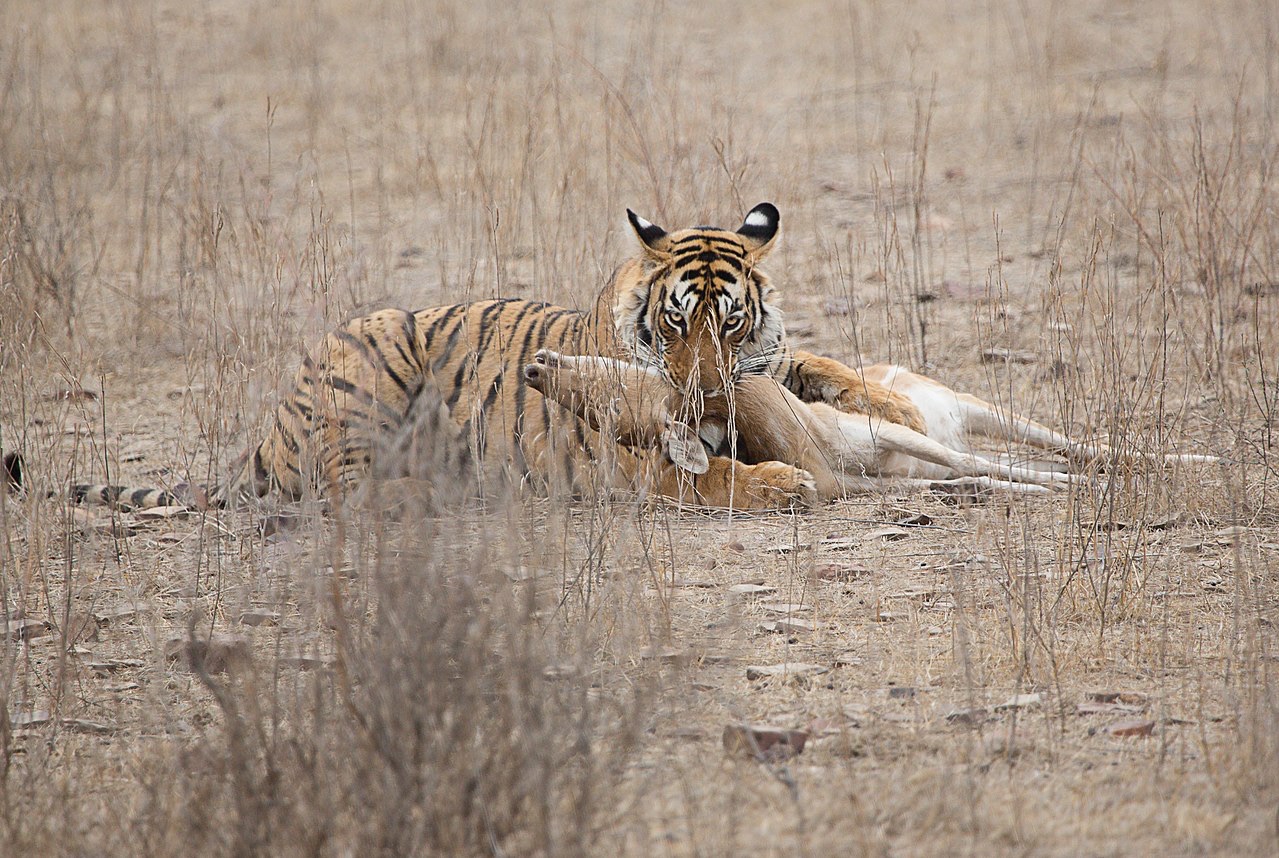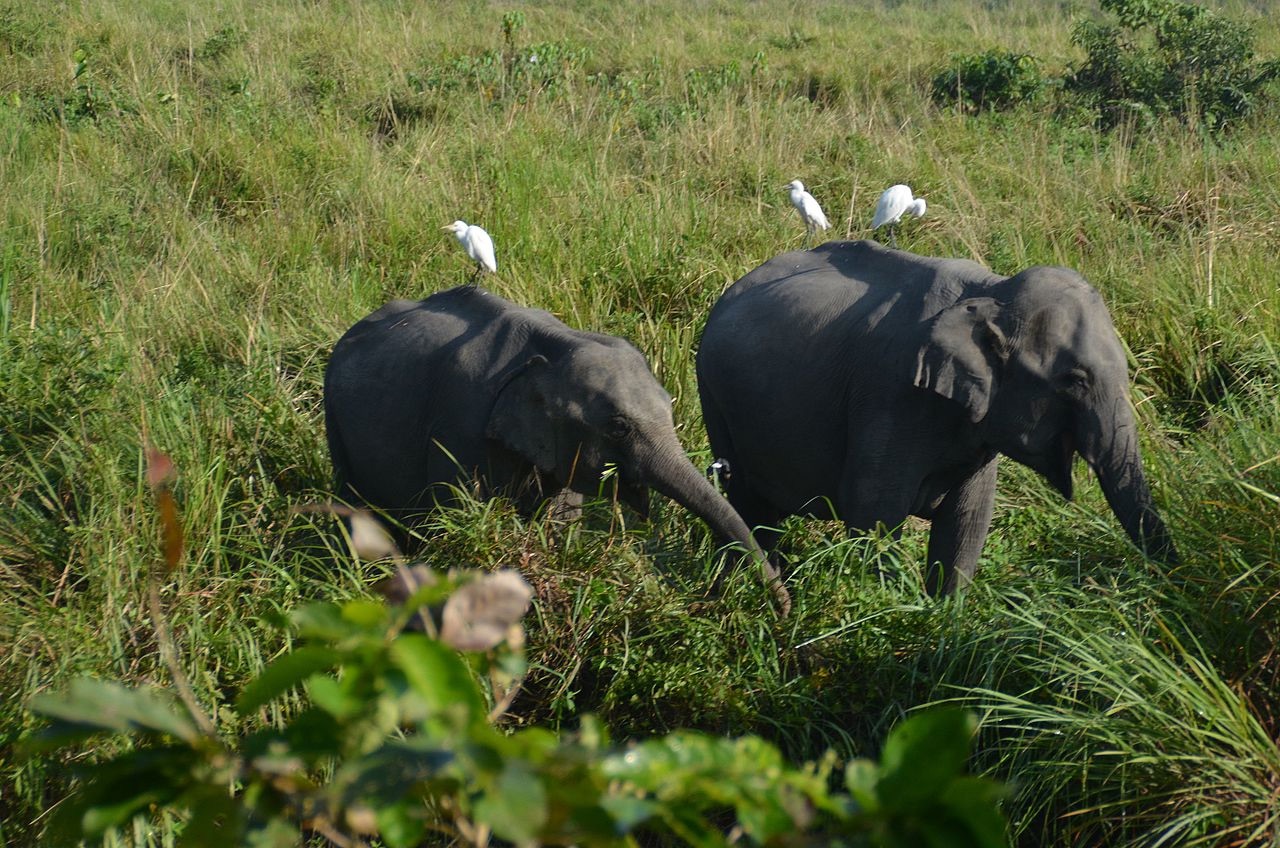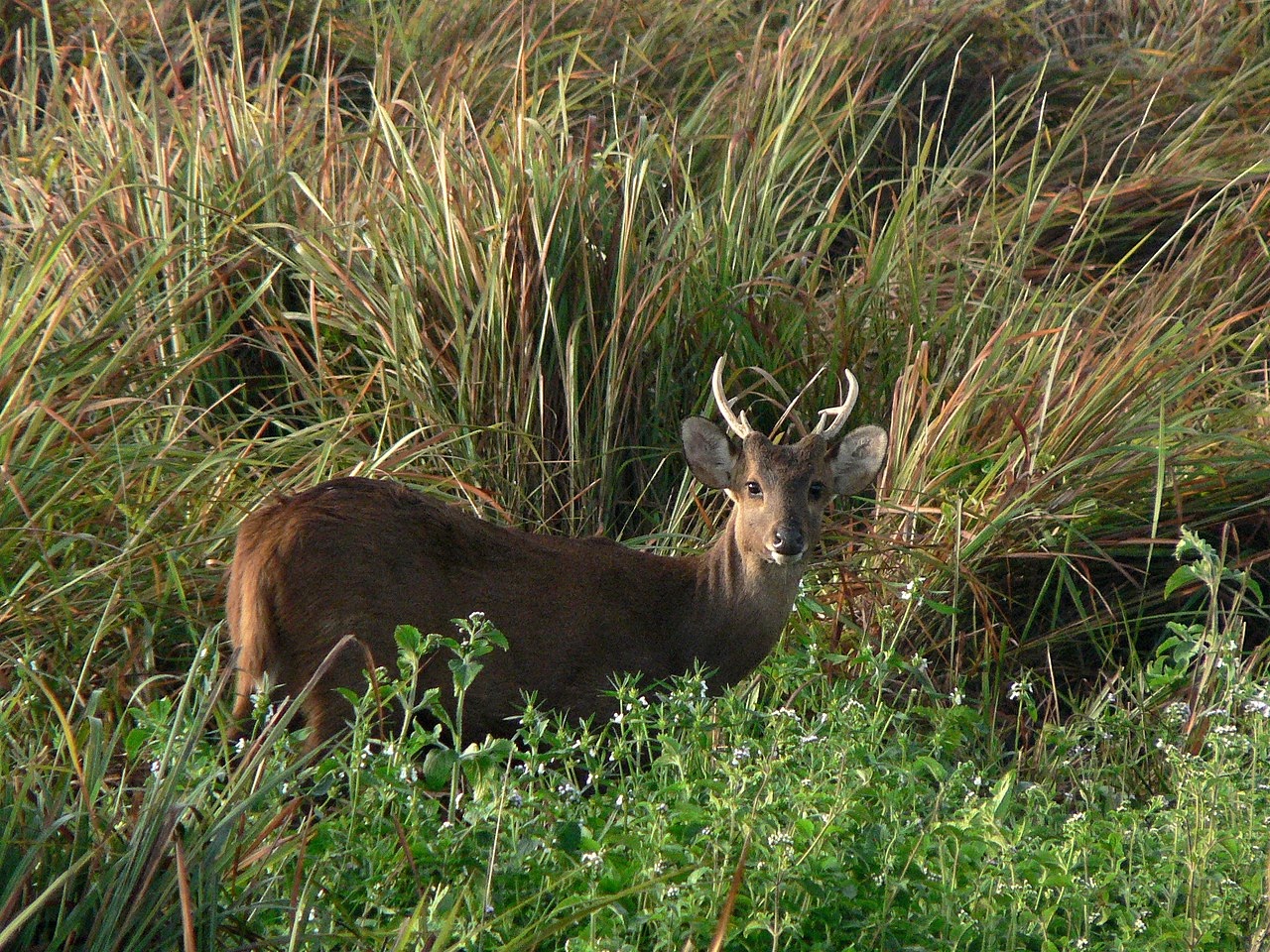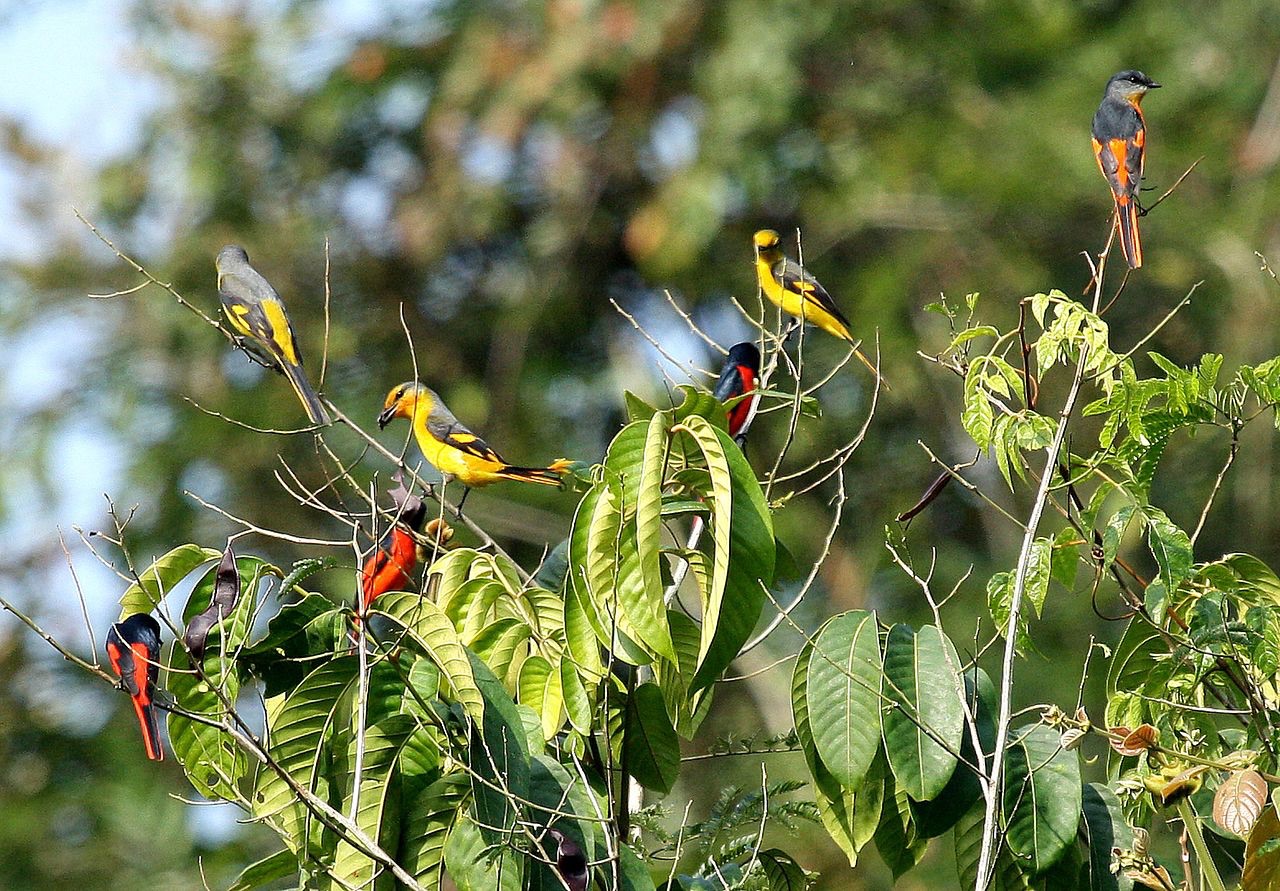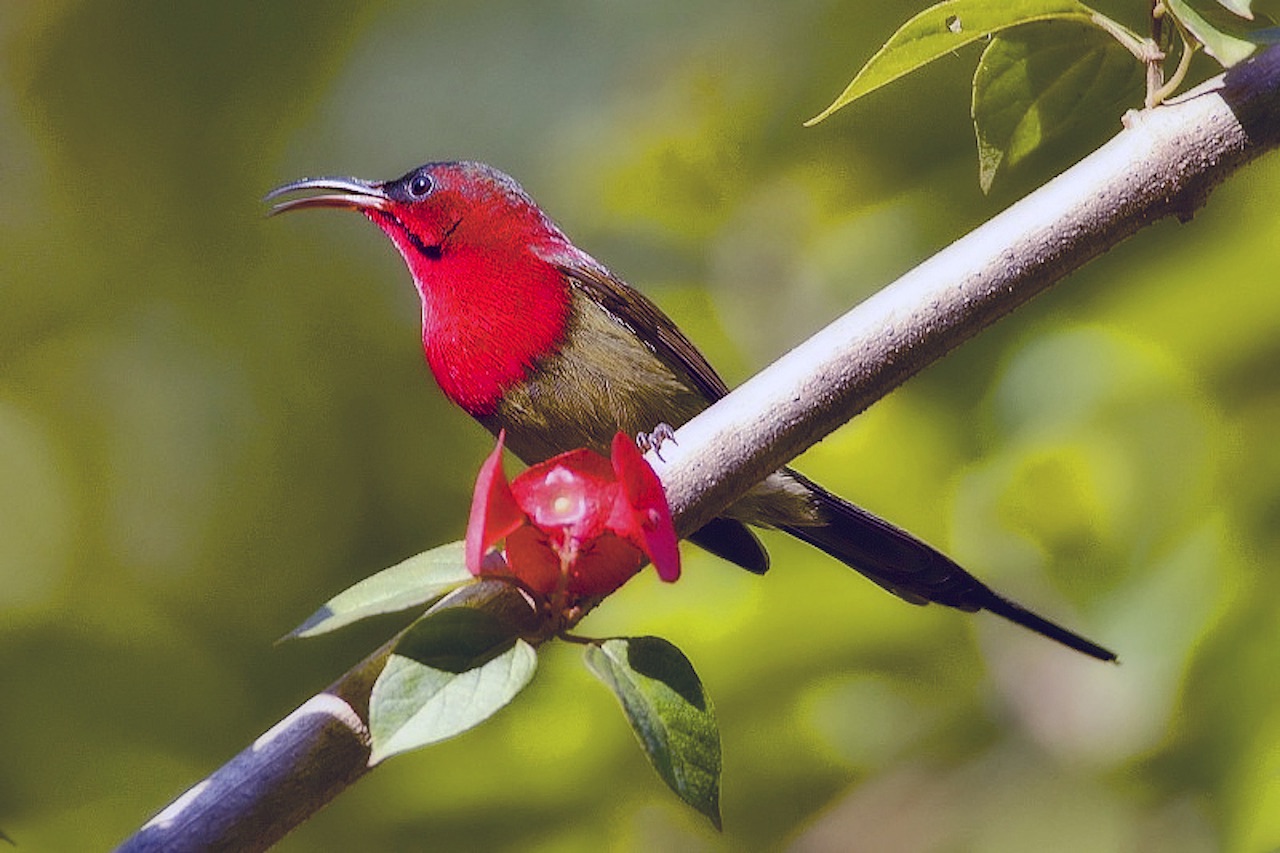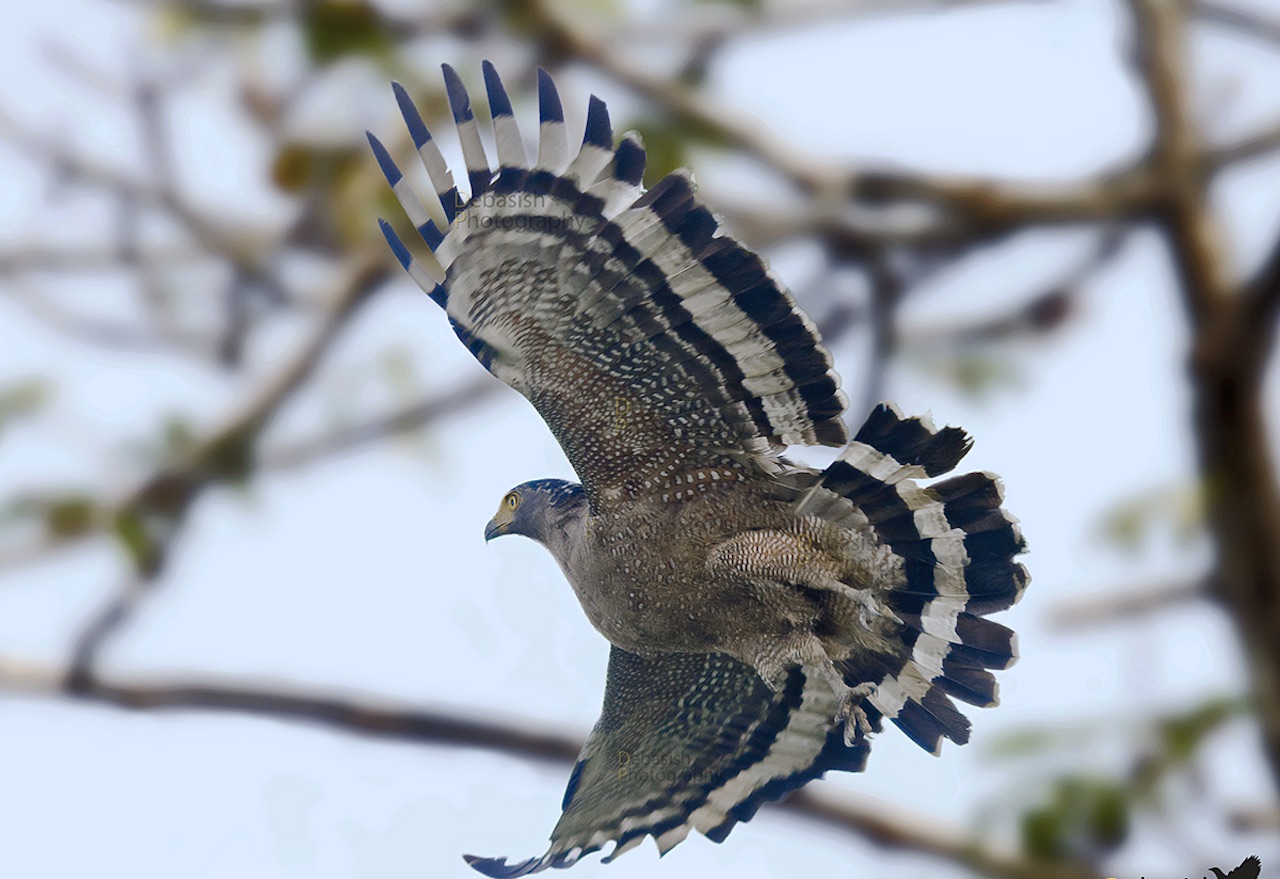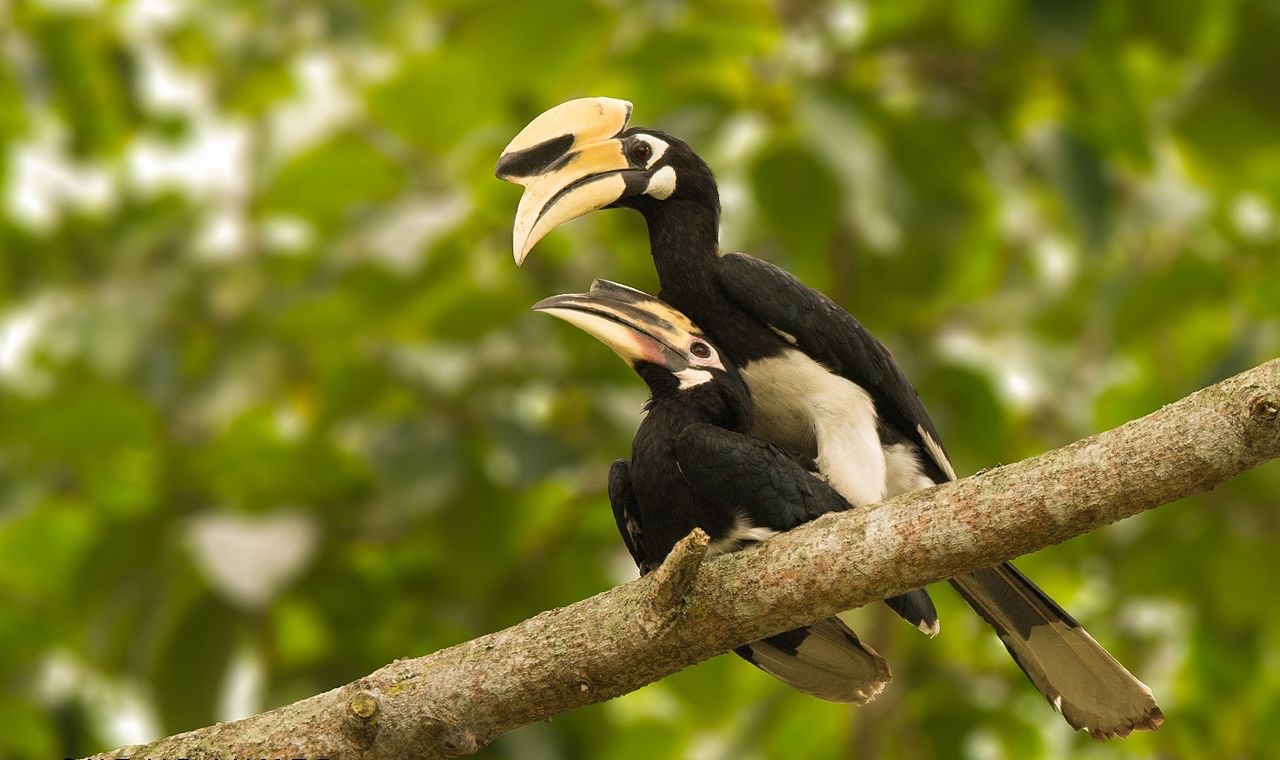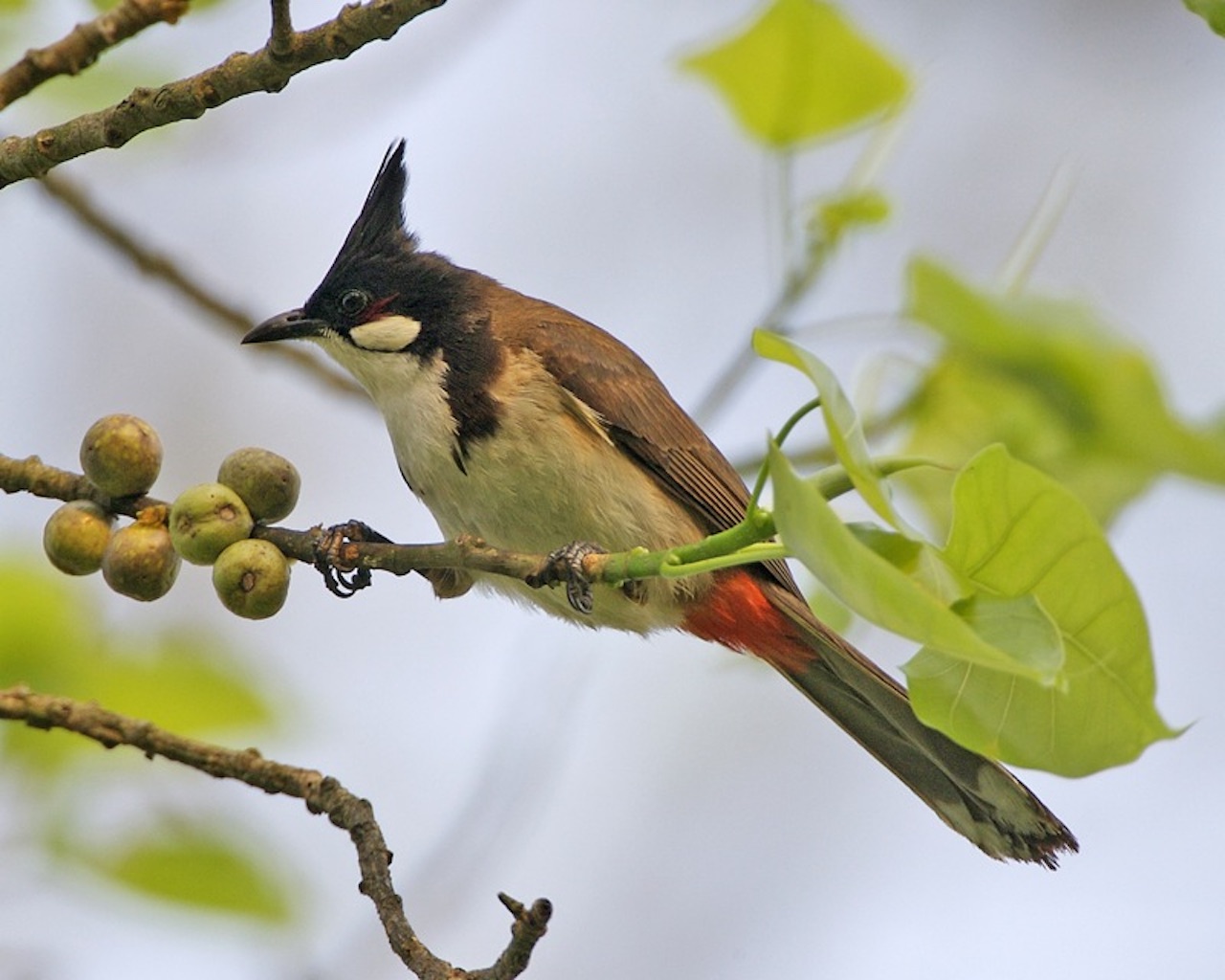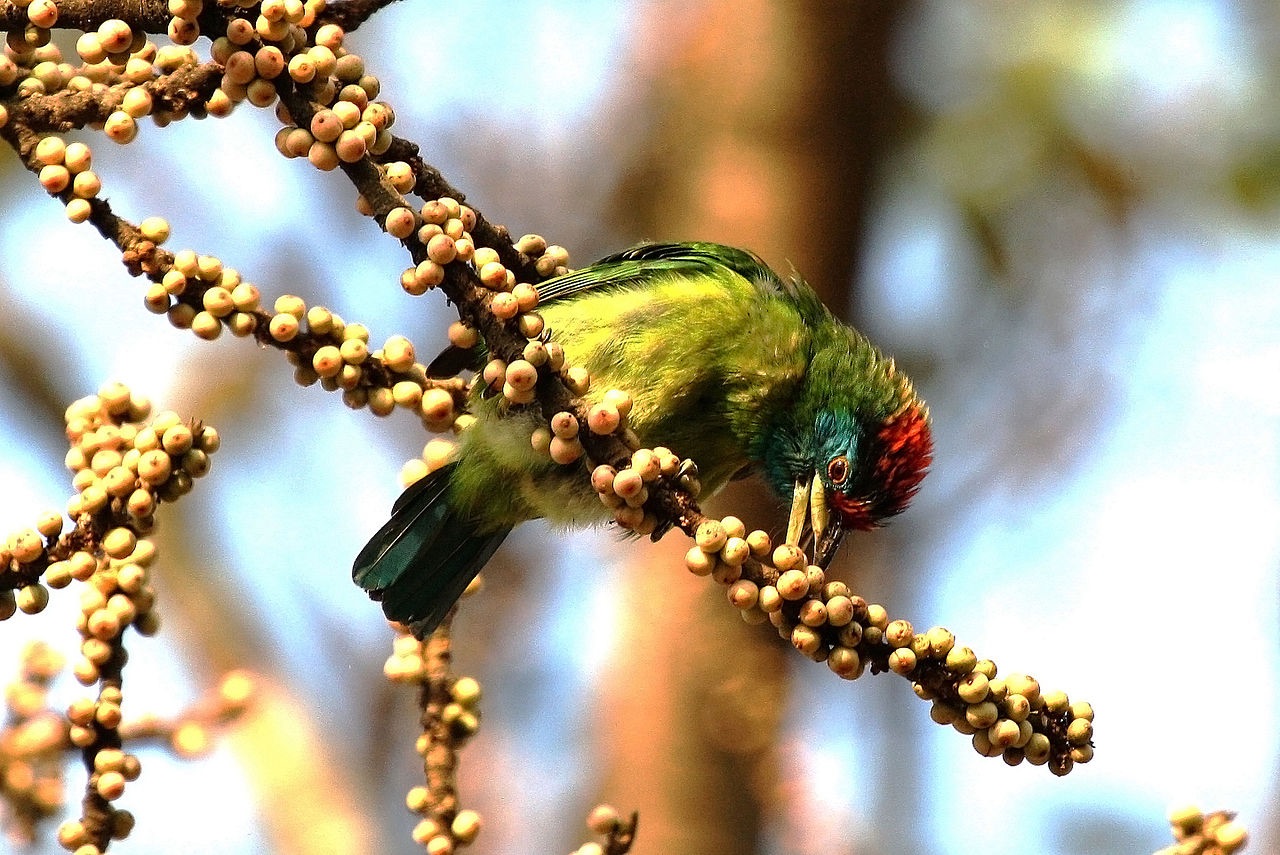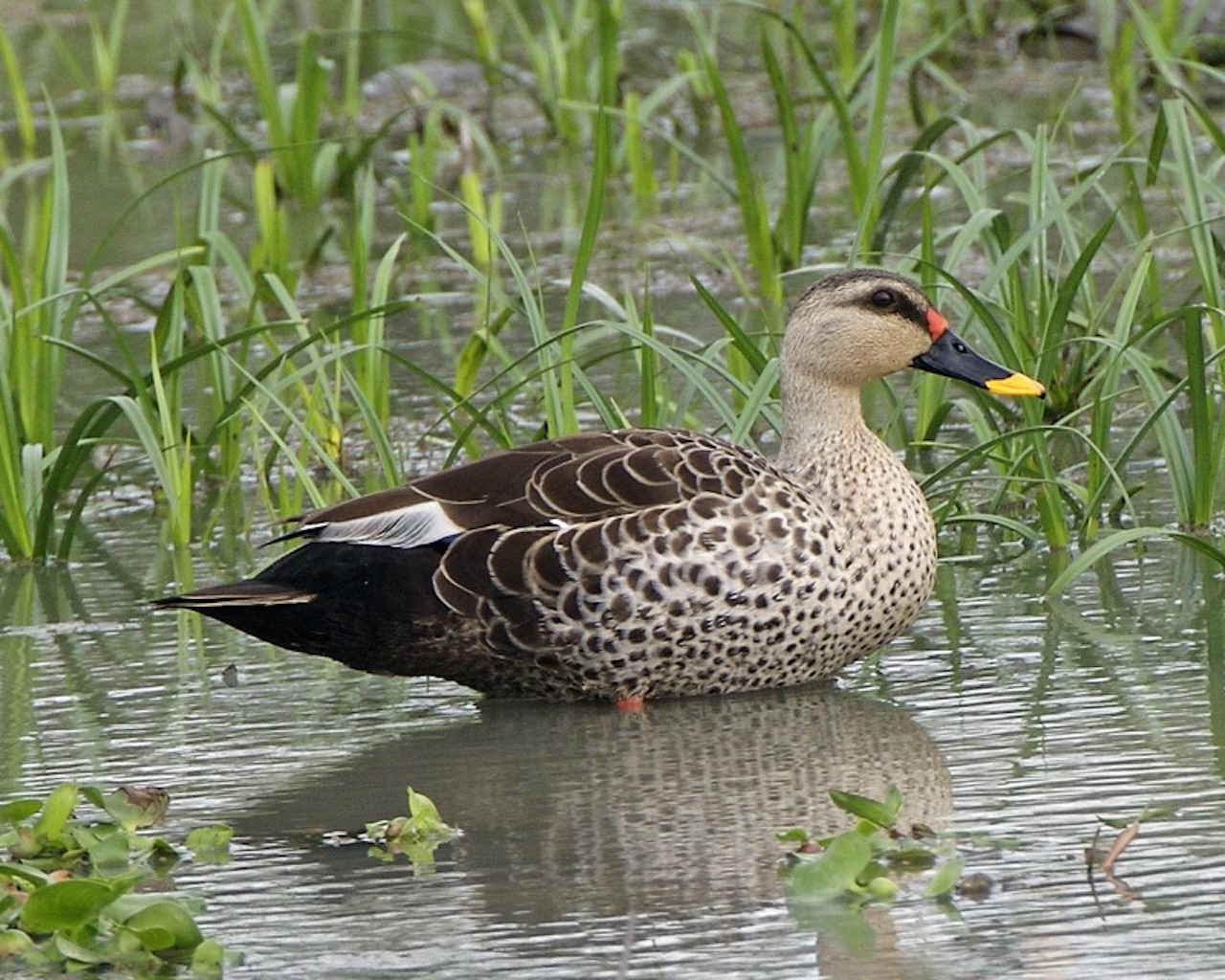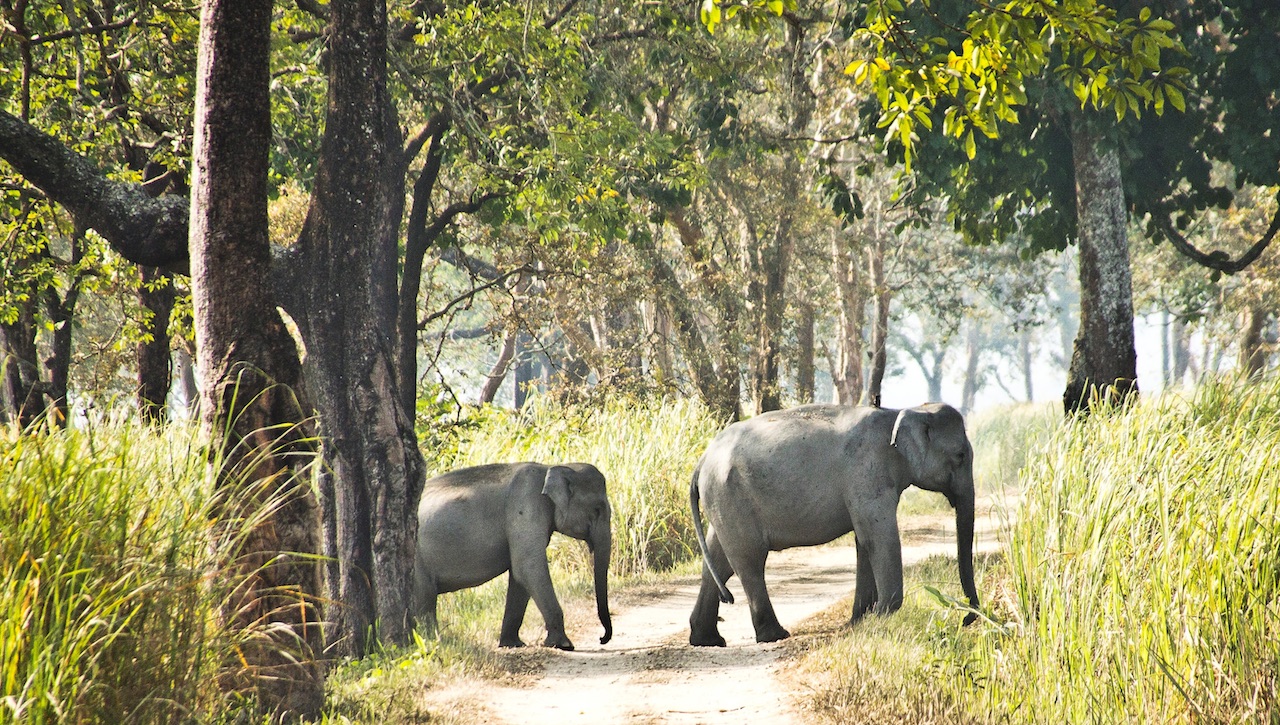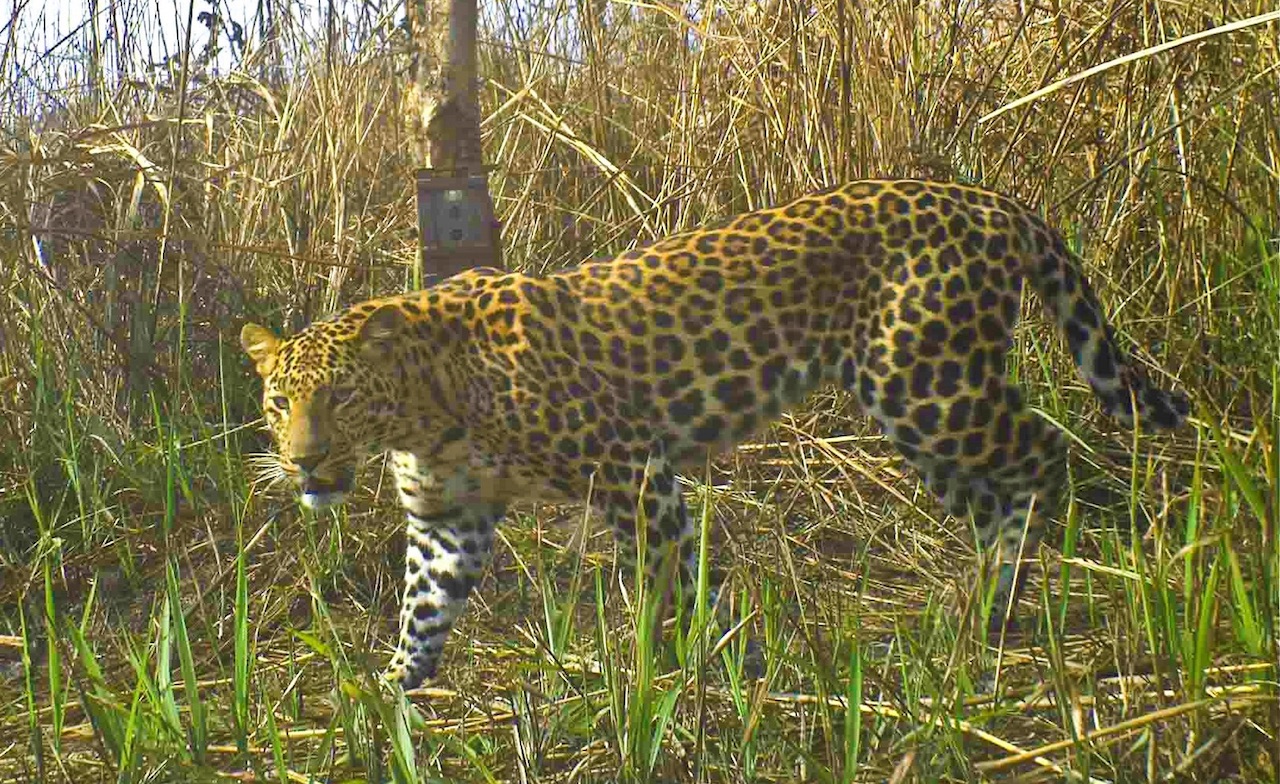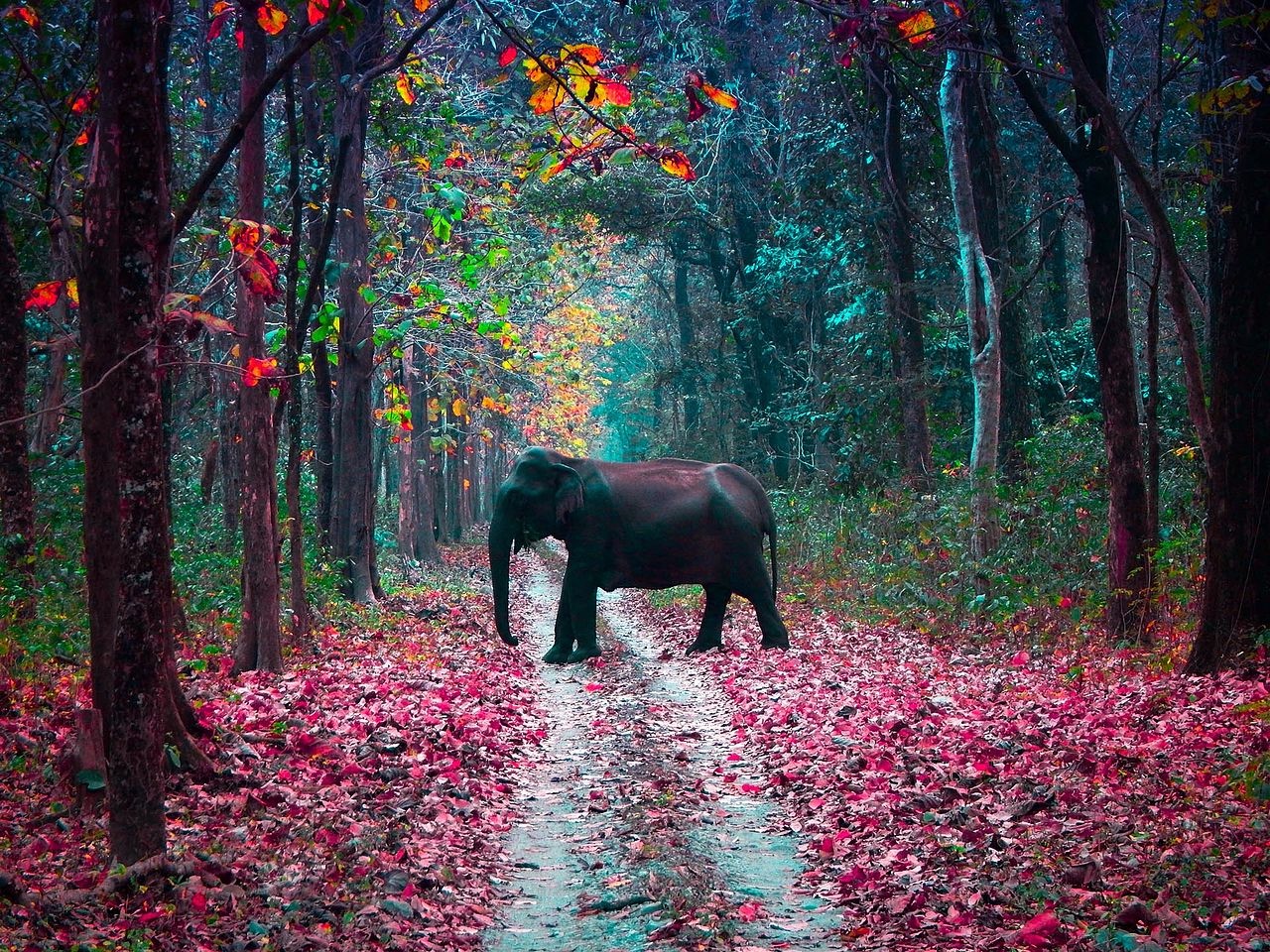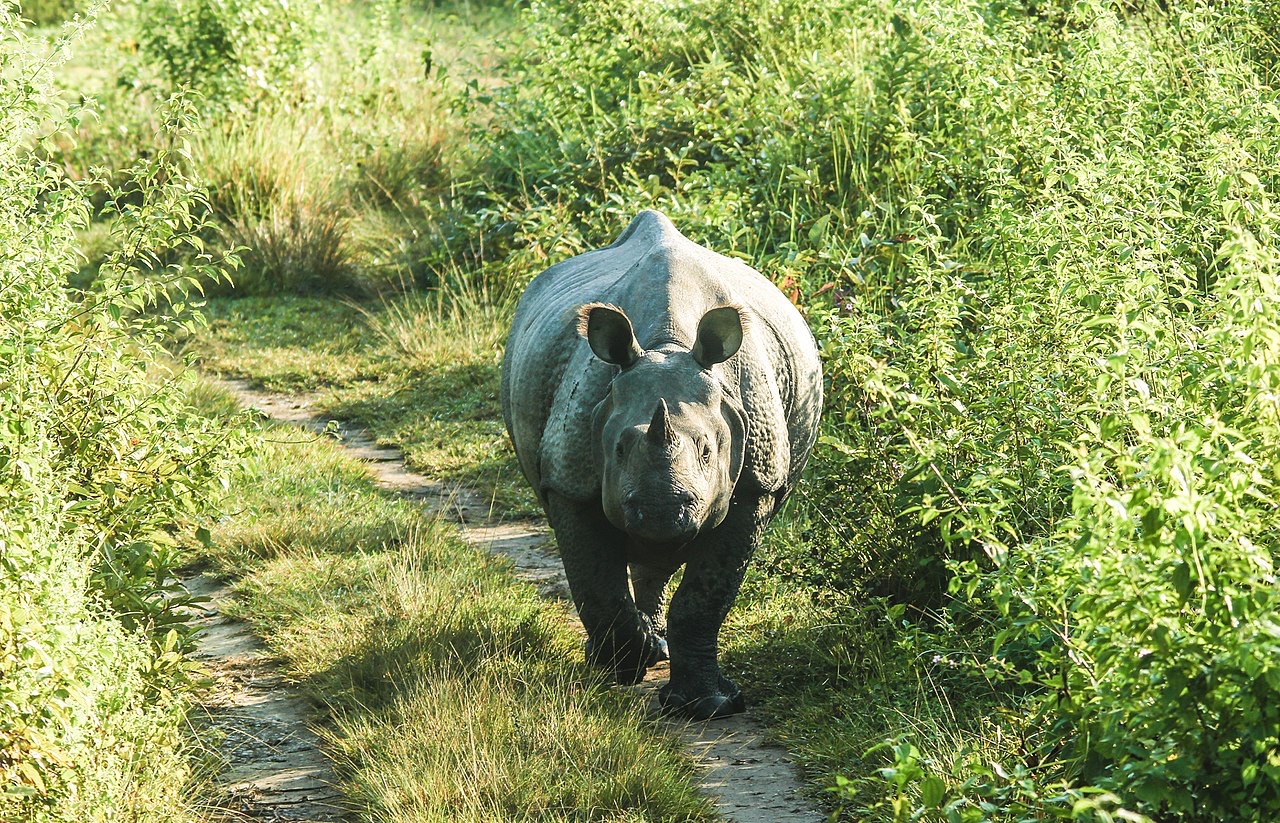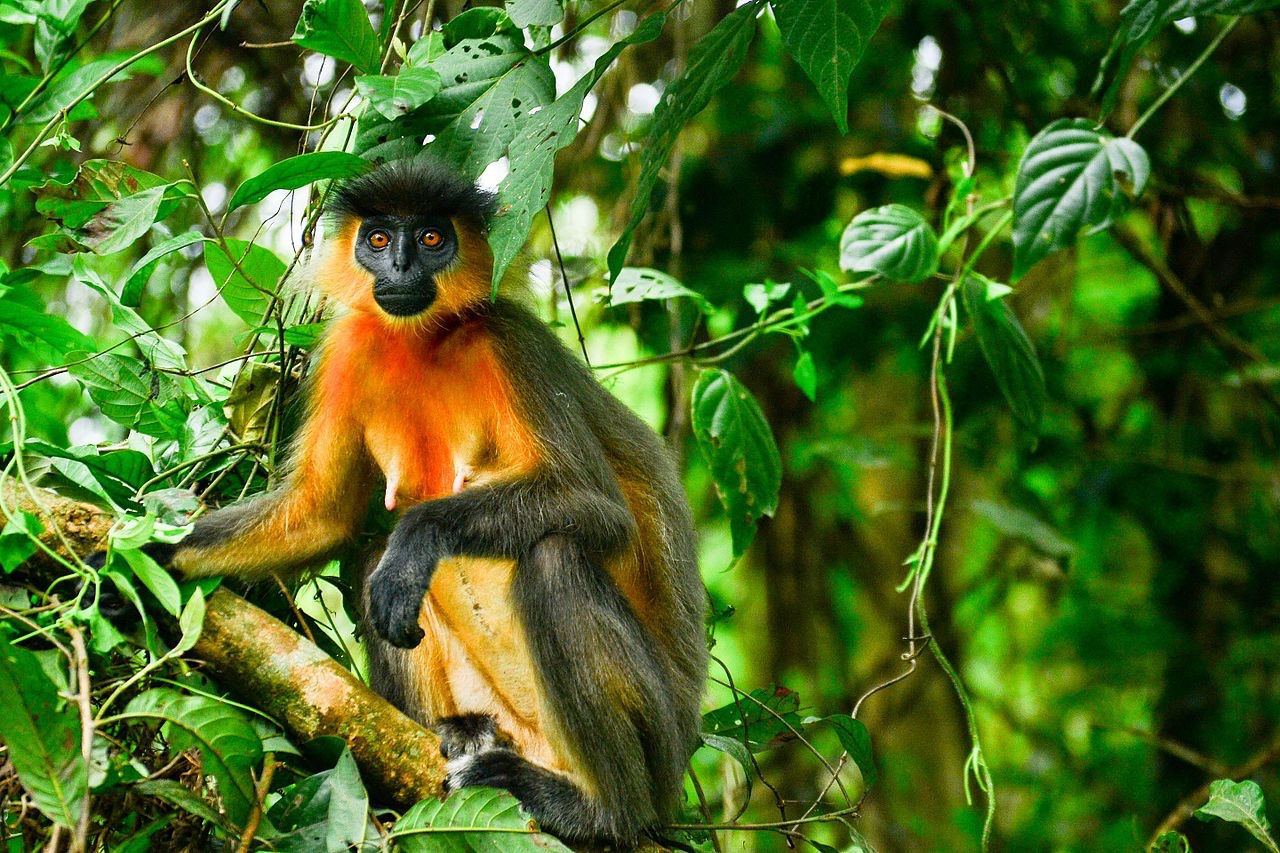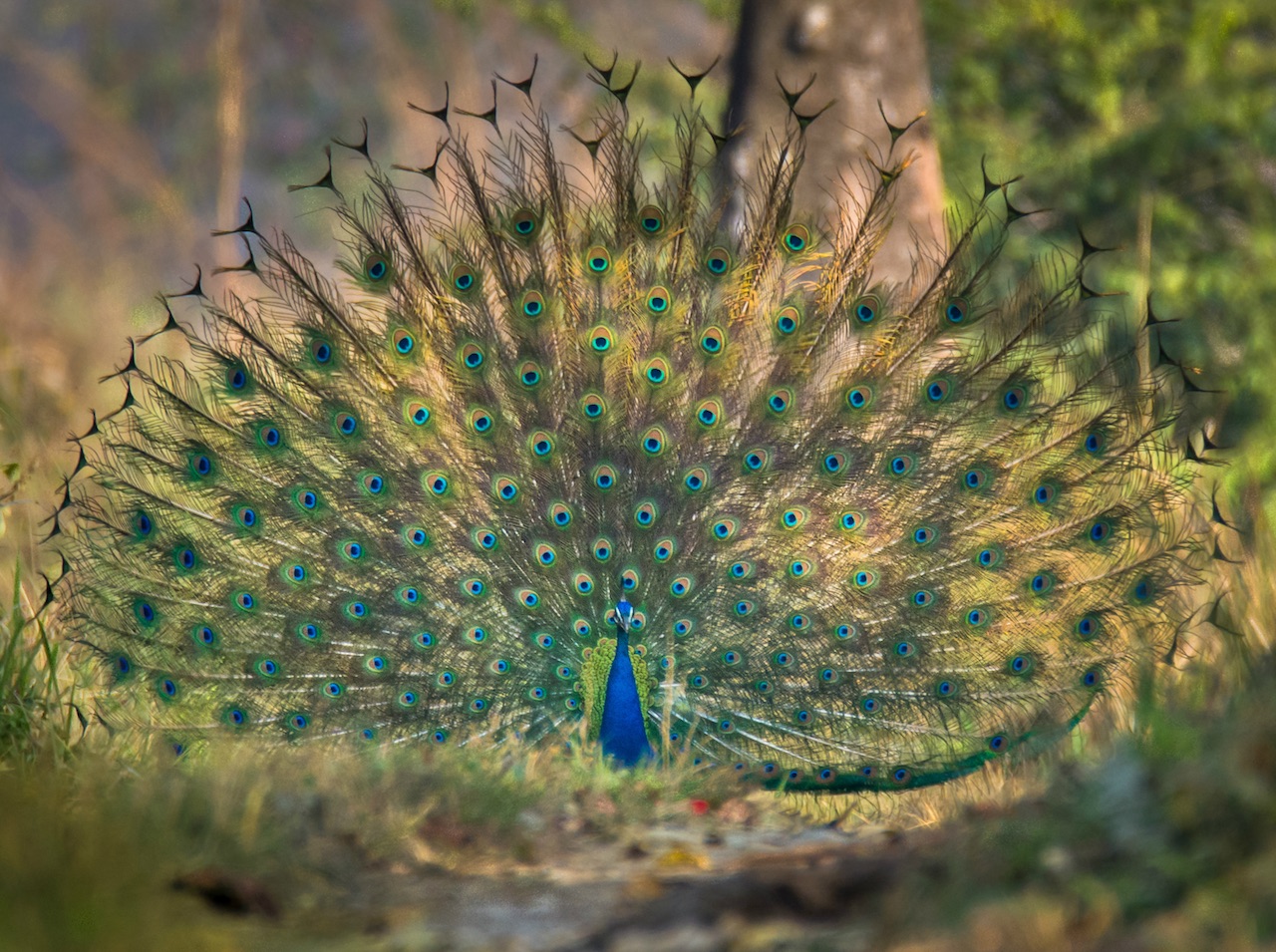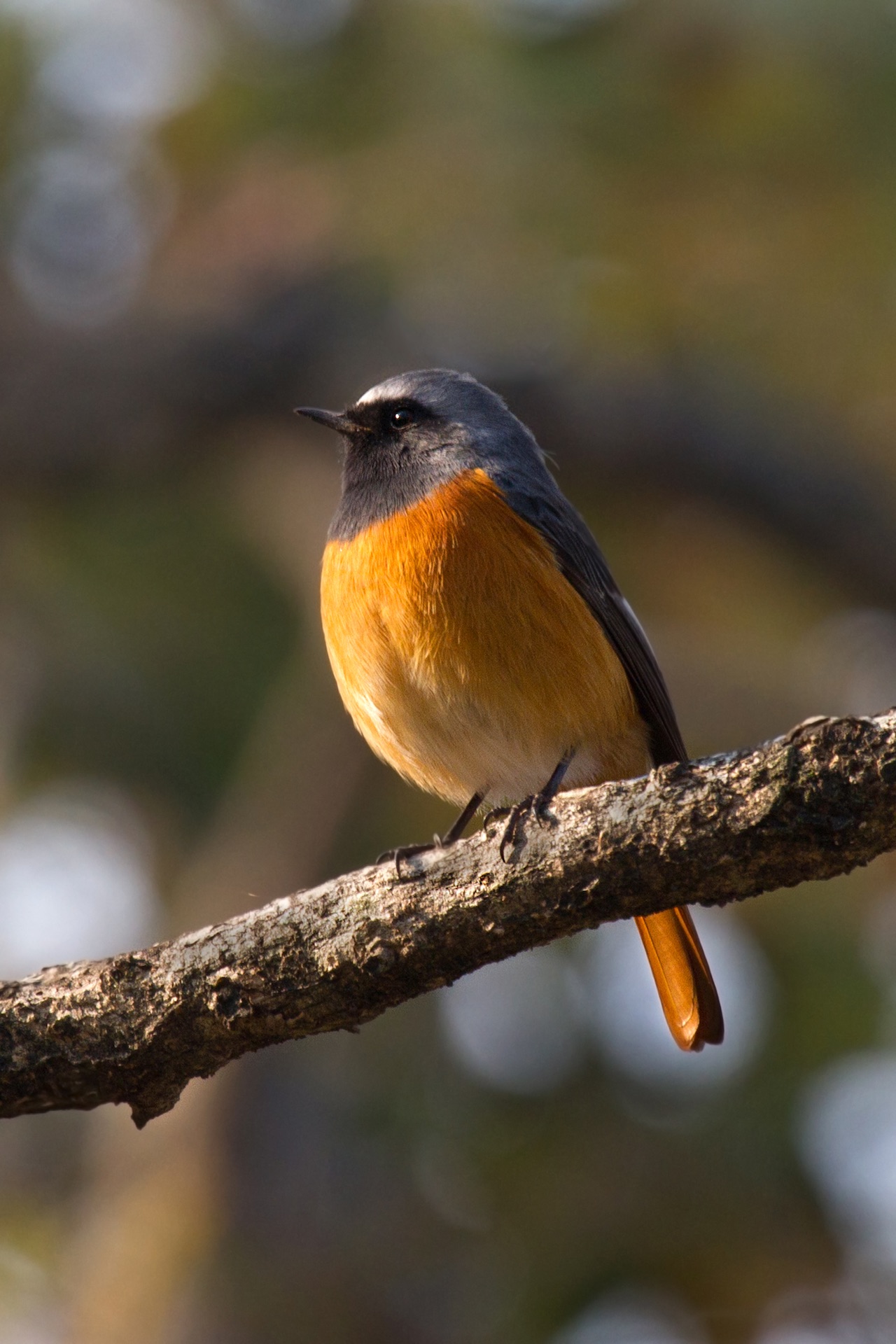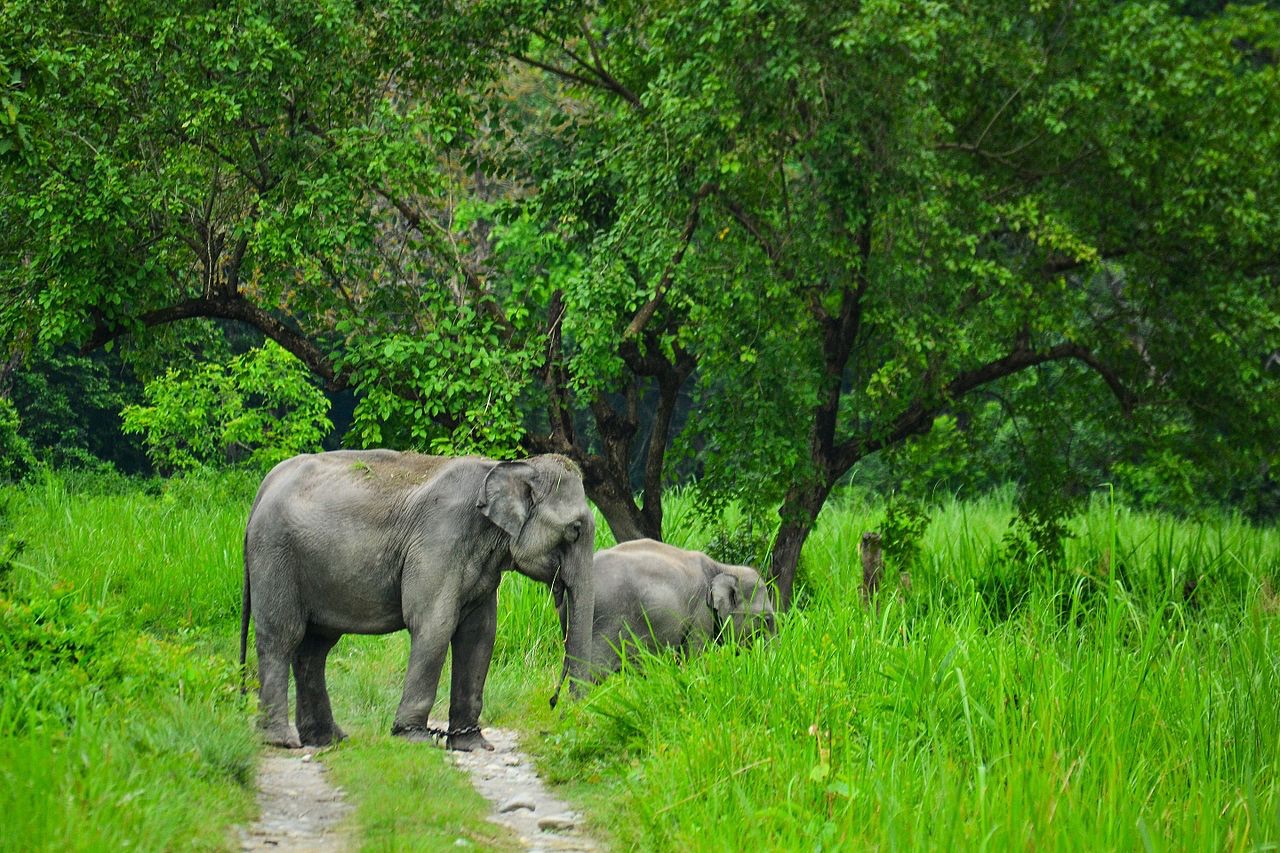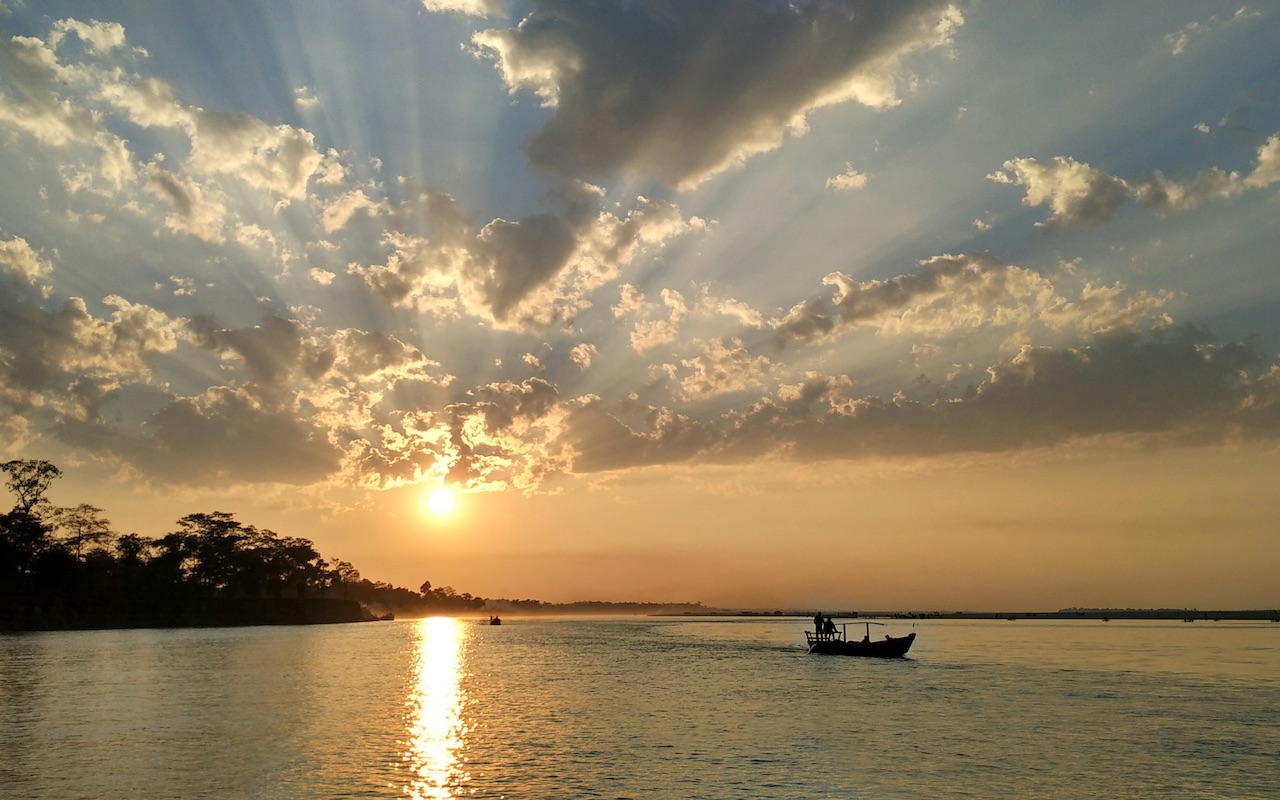
Dibru-Saikhowa National Park in Assam, India
Dibru-Saikhowa National Park a Biosphere Reserve is located in Dibrugarh and Tinsukia districts - bounded by the mighty Brahmaputra, Lohit and Dibru rivers.
Dibru-Saikhowa National Park is a vibrant mix of semi-evergreen forests, deciduous forests, littoral and swamp forests, canebrakes and grasslands - that are home to many extremely rare and endangered species of Wildlife.
Animals found at Dibru-Saikhowa National Park include - Bengal Tiger, Elephant, Indian Leopard, Jungle Cat, Sloth Bears, Small Indian Civet, Malayan Giant Squirrels, Dhole, Gangetic Dolphin, Slow Loris, Assamese Macaque, Rhesus Macaque, Capped Langur, Hoolock Gibbon, Asian Elephants, Wild Boar, Sambar, Barking Deer, Water Buffalo… Dibru-Saikhowa National Park is one of the few places in the world which is home to feral horses.
Birds found at Dibru-Saikhowa National Park include Greater Adjutant Stork, Ferruginous Pochard, Black-breasted Parrotbill, Rufous-rumped Grassbird, Chestnut-crowned Bush Warbler, Sarus Crane, White-bellied Heron, Purple Heron, Black-crowned Night Heron, Glossy Ibis, Large Cormorant, Open bill Stork, Black necked Stork, Large Whistling Teal. Grey leg Goose, Grey-headed Fishing Eagle, Osprey, Crested Serpent Eagle, Spot Billed Pelican, White Winged Wood Duck, Common Shelduck, White-winged Duck, Indian spot-billed Duck, Baer’s Pochard, Greater Spotted Eagle, White-tailed Eagle, Grey-headed Fish Eagle, White-backed Vulture, Himalayan Griffon, Brown Fish Owl, Pale Capped Pigeon, Great Pied Hornbill, Marsh Babbler, Jerdon’s Babbler, Black Breasted Parrot bill, Spotted redshank, Spotted greenshank…


